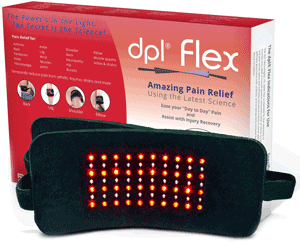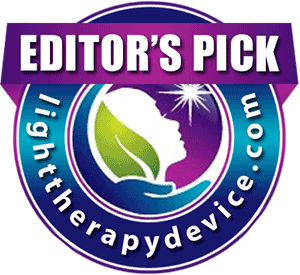You’ve heard of light therapy for treating the symptoms of seasonal affective disorder (SAD), and for helping to promote a healthy circadian rhythm so you can feel more energized and focused during the day. But did you know that light therapy might even be a treatment option for newborns that suffer from jaundice?
Table of Contents
First Off, How Is Infant Jaundice Diagnosed?
A baby is usually diagnosed with jaundice simply by his or her appearance, but a doctor will likely order some tests, such as a blood test, to check the infant’s bilirubin level and confirm the severity of the condition. This will also help the physician determine the cause of the jaundice, as well as the best treatments to resolve this problem as soon as possible.
What Are Some of the Treatments Available for Jaundice in Infants?
Although a mild case of jaundice may resolve on its own in a few days or weeks with exposure to indirect sunlight and frequent feedings, if the jaundice is moderate to severe, an infant might need to receive specialized care in a hospital.
The goal will be to lower the amount of bilirubin in your child’s blood. This can be done with the help of various treatments, such as intravenous immunoglobulin (also known as IVIg), light therapy, and exchange blood transfusion.
A Closer Look at Light Therapy for Newborn Jaundice
Light therapy, also known as phototherapy, is one of the main therapies that might be prescribed to an infant who has been diagnosed with jaundice.
This is a simple procedure that involves placing the newborn under a lamp known as a bili light. A biliblanket might also be used to expose the infant’s skin to the light. Usually, conventional phototherapy, where the baby is placed under a lamp, is used first. If the newborn’s condition doesn’t improve, however, a combination of the lamp and blanket might be used at the same time.
The light that is emitted by the lamp will be in the blue-green spectrum, and it’s this type of light that will help change bilirubin molecules so the baby’s body can more easily get rid of them through the stool and urine. This helps bring the bilirubin level down to a safe level.
A doctor will help prepare your baby for light therapy for jaundice. The infant will wear nothing more than a diaper so that the majority of his or her skin can be exposed to the light. And, to protect the baby’s eyes from the light, they’ll be covered for the duration of the treatment session.
Are There Any Precautions and Side Effects to Think About?
During light therapy treatment sessions, some precautions will need to be taken to keep your baby safe and healthy.
For example, to be sure the light isn’t causing your baby to get too hot, it might be necessary to keep an eye on your infant’s temperature while receiving phototherapy for jaundice. And it may also be necessary to check for symptoms of dehydration as well. If there are signs of dehydration, intravenous (IV) fluids might be prescribed.
In addition to that, to ensure the light therapy is working as expected, the doctor might also check your baby’s bilirubin levels every few hours. Once the bilirubin has fallen to the appropriate level, there will no longer be a need to continue the light therapy.
Some side effects are possible when light therapy is used to treat babies with jaundice. For example, an infant might develop diarrhea or a rash, but these will likely be minor and temporary. Your child’s doctor will discuss the possible negative effects of this treatment with you, as well as take steps to avoid them so your son or daughter can reap the benefits of this therapy.
Talk to Your Doctor About Light Therapy for Your Baby
It might take a couple of days before results are achieved when using light therapy to treat jaundice in babies, but the good news is that this type of treatment is generally an effective option for newborns, and you can rest assured that the devices that are used don’t emit ultraviolet light, so your baby won’t be exposed to any damaging UV rays.
Photo credit: TierneyMJ/Shutterstock


